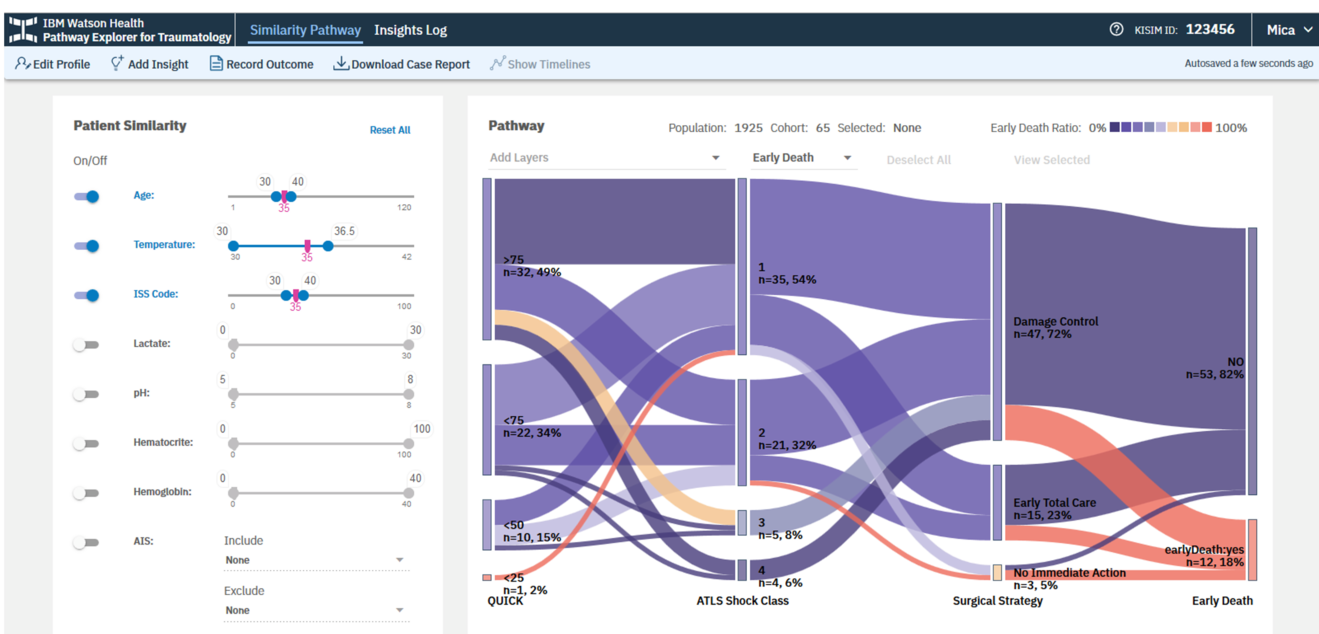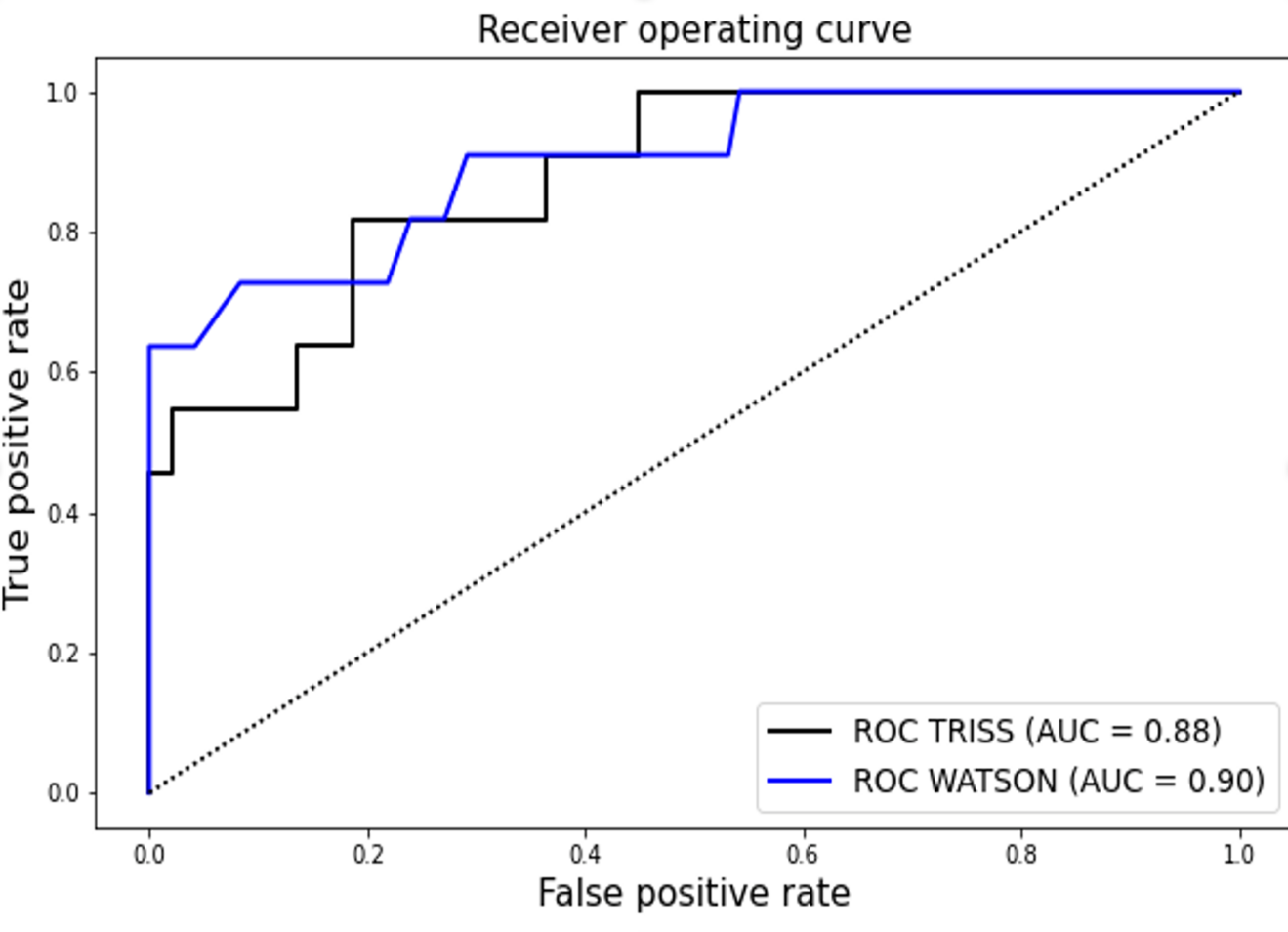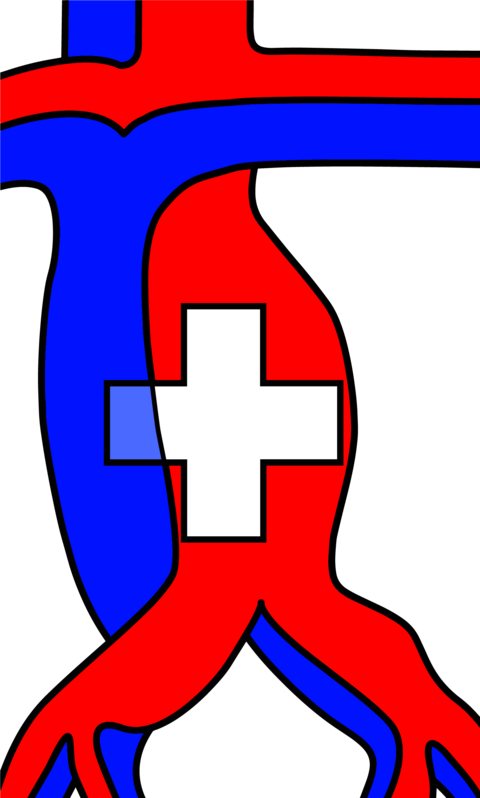In the realm of trauma surgery, timely and accurate decision-making can be the difference between life and death. With advancements in artificial intelligence (AI), healthcare professionals are increasingly turning to innovative tools to enhance patient care. One such groundbreaking development is the Watson Trauma Pathway Explorer, a cutting-edge AI system designed to outscore traditional trauma scoring systems like the Trauma and Injury Severity Score (TRISS). In this text, we delve into the capabilities of this transformative technology and its potential to revolutionize trauma surgery.
Before delving into the intricacies of the Watson Trauma Pathway Explorer, it's crucial to comprehend the significance of trauma scoring systems in clinical practice. Traditionally, trauma severity has been assessed using scoring systems such as TRISS, which calculate mortality probabilities based on physiological parameters, injury severity, and patient demographics. While these systems have served as valuable tools, they often rely on static datasets and may not fully capture the complexities of individual cases.
The Watson Trauma Pathway Explorer represents a paradigm shift in trauma care. Developed by a multidisciplinary team of clinicians, data scientists, and AI specialists, this AI-powered platform leverages machine learning algorithms to analyze vast amounts of patient data in real-time. Unlike traditional scoring systems, the Watson Trauma Pathway Explorer continuously learns and adapts, incorporating new evidence and refining its predictions with each patient encounter.
One of the primary advantages of the Watson Trauma Pathway Explorer is its ability to provide clinicians with enhanced decision support (Fig. 1.).
By synthesizing diverse data sources including electronic health records, imaging studies, and laboratory results, the system offers comprehensive insights into patient status and prognosis. Moreover, it can identify subtle patterns and correlations that may escape human perception, enabling more accurate risk stratification and treatment planning.
While TRISS has long been regarded as a gold standard in trauma scoring, the Watson Trauma Pathway Explorer demonstrates superior performance in several key aspects. By analyzing a broader array of clinical variables and incorporating dynamic updates, the AI system achieves higher predictive accuracy and granularity. Studies have shown that the Watson Trauma Pathway Explorer consistently outperforms TRISS (Fig. 2.) in predicting patient outcomes, reducing mortality rates, and optimizing resource allocation.
The integration of the Watson Trauma Pathway Explorer into clinical practice holds immense promise for improving patient outcomes and healthcare efficiency. By empowering clinicians with actionable insights and personalized risk assessments, the AI system facilitates timely interventions and ensures optimal utilization of resources. Furthermore, its ability to continuously learn from real-world data fosters a culture of continuous improvement and innovation in trauma care.
Despite its remarkable potential, the widespread adoption of the Watson Trauma Pathway Explorer faces certain challenges. Concerns regarding data privacy, algorithm bias, and regulatory compliance must be addressed to ensure ethical and equitable use of AI in healthcare. Additionally, ongoing research is needed to further validate the performance of the system across diverse patient populations and clinical settings. Nevertheless, with concerted efforts from stakeholders across the healthcare ecosystem, the Watson Trauma Pathway Explorer has the potential to redefine the standard of care in trauma surgery.
The Watson Trauma Pathway Explorer represents a significant advancement in the field of polytrauma management, offering unparalleled insights and decision support for clinicians. By leveraging the power of AI to outscore traditional scoring systems like TRISS, this innovative platform holds the promise of transforming trauma care and saving countless lives. As we continue to harness the capabilities of AI in healthcare, the Watson Trauma Pathway Explorer stands as a beacon of hope for patients and providers alike, ushering in a new era of precision medicine and personalized care.
Watson
Watson Trauma Pathway Explorer © by Ladislav Mica and IBM™. Corresponding address: Prof. Dr. med. Ladislav Mica, Trauma Surgery; University Hospital of Zurich; Rämistrasse 100; 8091 Zürich; Switzerland. ladislav.mica@usz.ch













